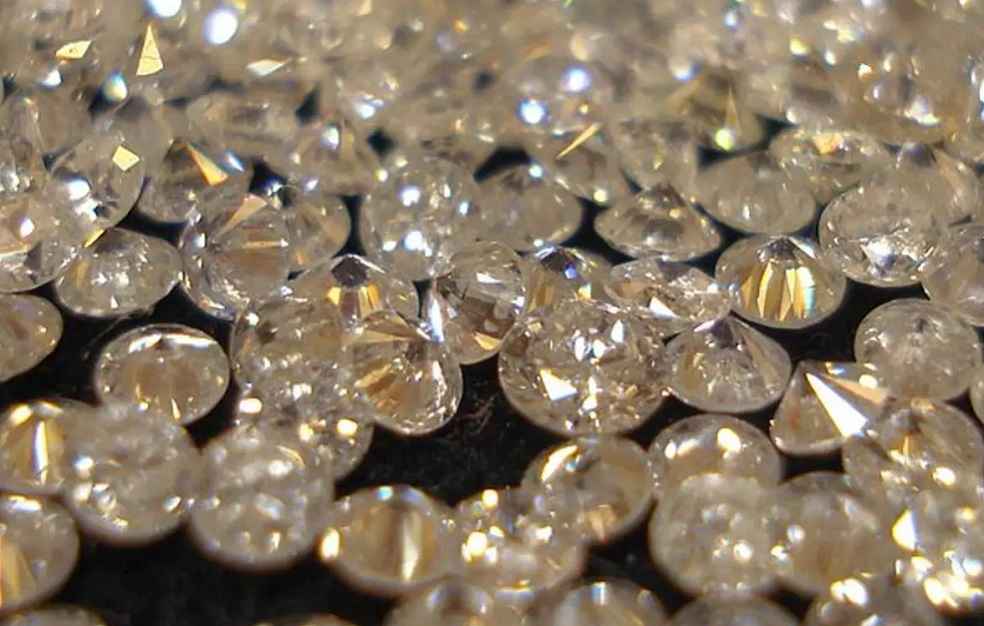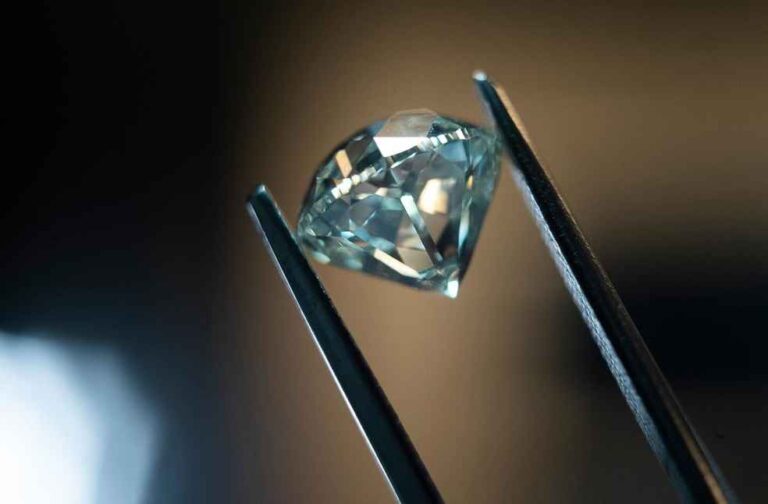The diamond market, a complex and multifaceted industry, stands on the brink of a transformative era. This change is driven by severe sanctions targeting Russian diamonds, implemented as a direct response to the ongoing conflict in Ukraine. The European Union, aligning with the G7 – comprising the United States, the United Kingdom, Canada, Japan, France, Germany, and Italy – has recently sanctioned Alrosa, Russia’s premier diamond producer, and its CEO, Pavel Alekseevich Marinychev.
Crafted meticulously over two years, these sanctions signify a strategic shift in the diamond trade. Beginning in January, the direct acquisition of non-industrial Russian diamonds by EU and G7 countries faced prohibition. This scope expands by March to include Russian diamonds processed in third countries. By September, a rigorous certification scheme will authenticate the origins of diamonds within these influential markets.

Previously, the United States and the United Kingdom proscribed direct imports of Russian rough diamonds early in the conflict. The expanded sanctions present a more encompassing embargo, encapsulating diamonds processed globally. The industry’s challenge transcends geographical boundaries, focusing on the intricate task of tracing the provenance of these precious stones. This task proves particularly arduous for the smaller, bulk-sold Russian diamonds, commonly intermixed with stones from diverse locales.
The EU and G7’s proposed tracing system, still in conceptual stages, requires collaboration with entities such as the World Diamond Council and the Gemological Institute of America (GIA). The diamond supply chain, characterized by its complicated nature and multitude of intermediaries, demands an innovative approach. Technologies like the GIA’s data triangulation and De Beers’ blockchain-based Tracr system offer some promise, yet a definitive scientific method for pinpointing a diamond’s mine of origin remains elusive.

This paradigm shift compels the diamond industry towards greater transparency and accountability. Industry titans like Tiffany (owned by LVMH) and Richemont have ceased Russian diamond acquisitions, exemplifying a broader trend of supply chain segregation to prevent Russian stones from permeating Western markets.
The sanctions’ market implications are profound. Russia, responsible for a significant portion of global diamond output, faces a stark realignment of its trade routes. Although Russian diamonds may find markets outside the sanction-imposing nations, the collective market share of the G7 and EU, accounting for a substantial majority of global jewelry demand, is now off-limits. Industry expert Paul Zimnisky anticipates potential scarcities in supply as this new regulatory landscape unfolds, heralding a groundbreaking chapter in the global diamond trade narrative.
GLOBAL ROUNDUP | India-EU Trade Talks Heat Up: Key Focus on Services, Investments This February



